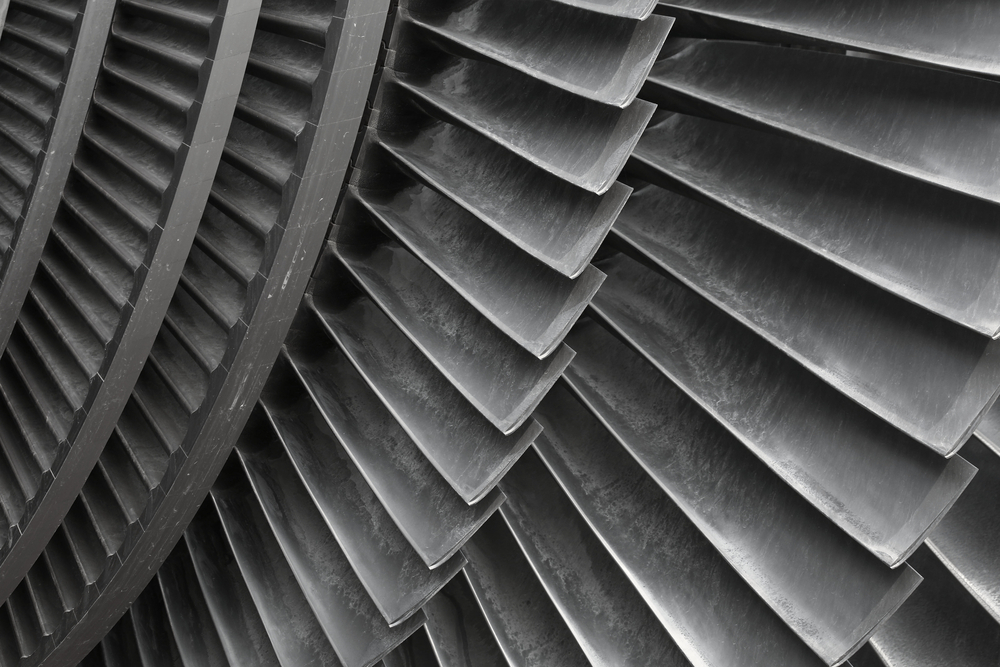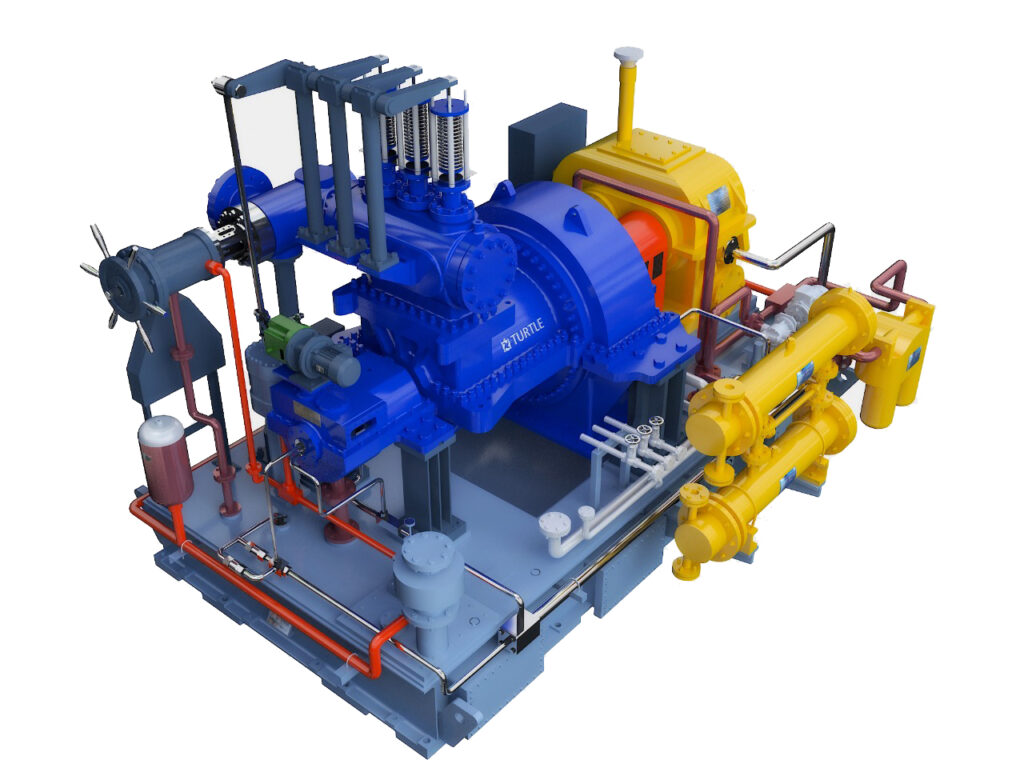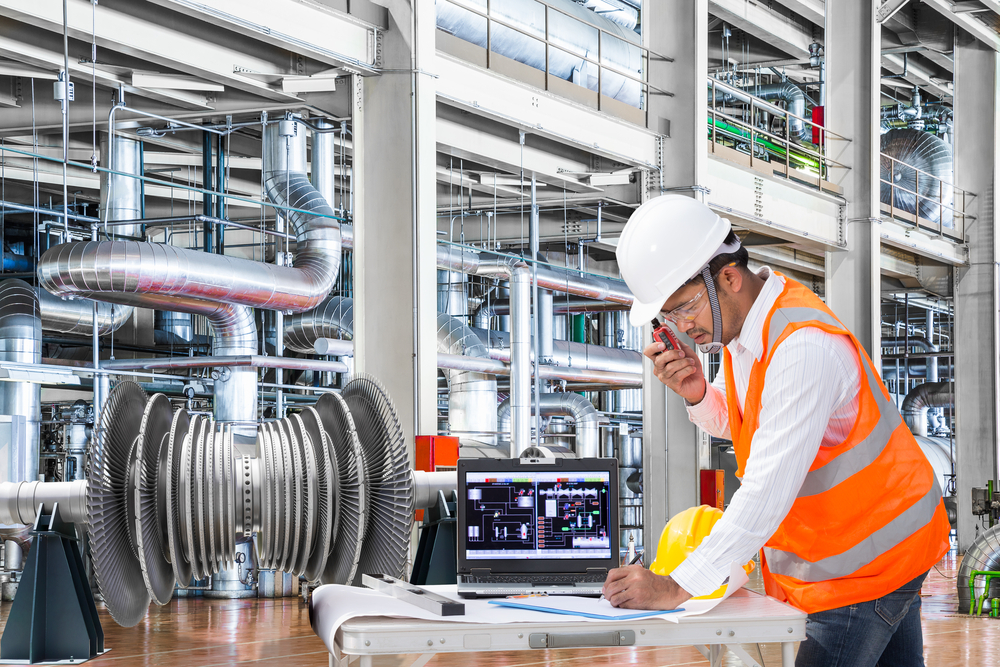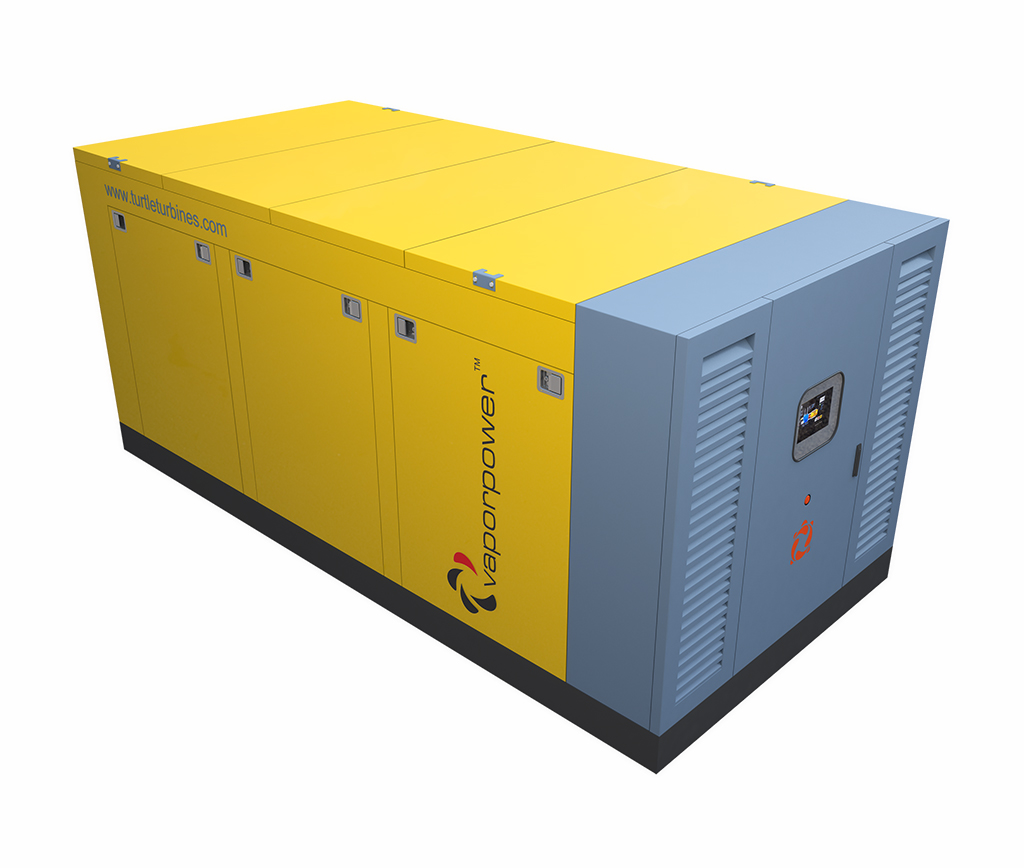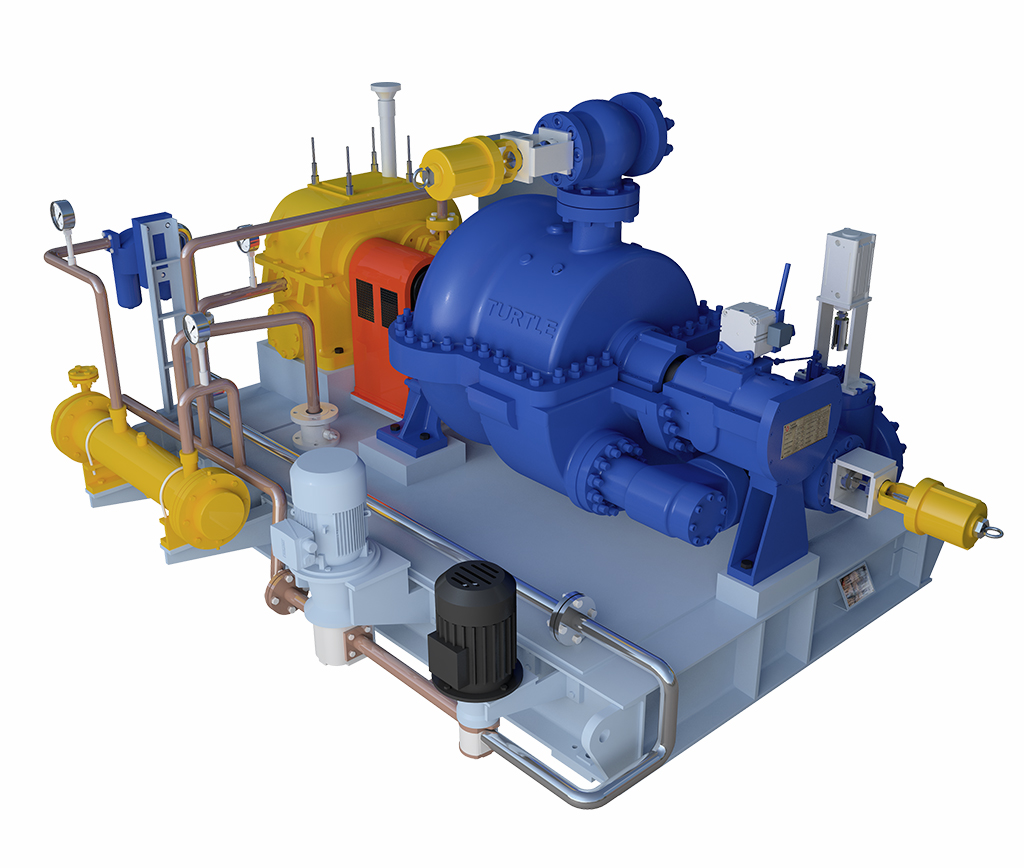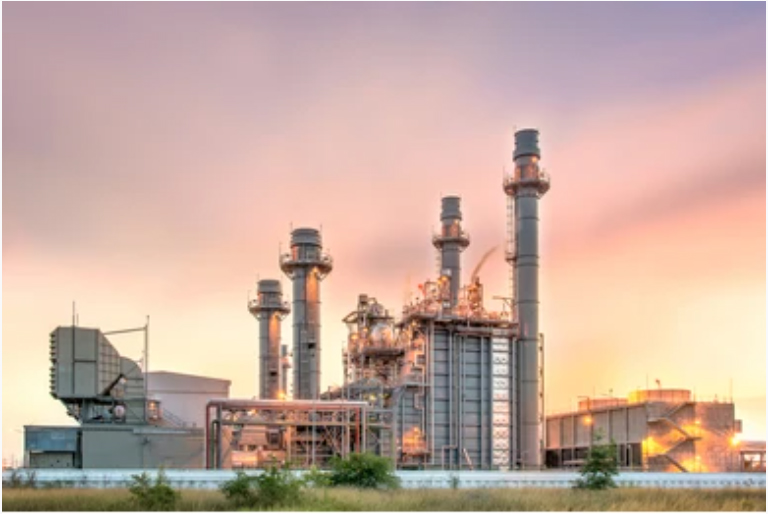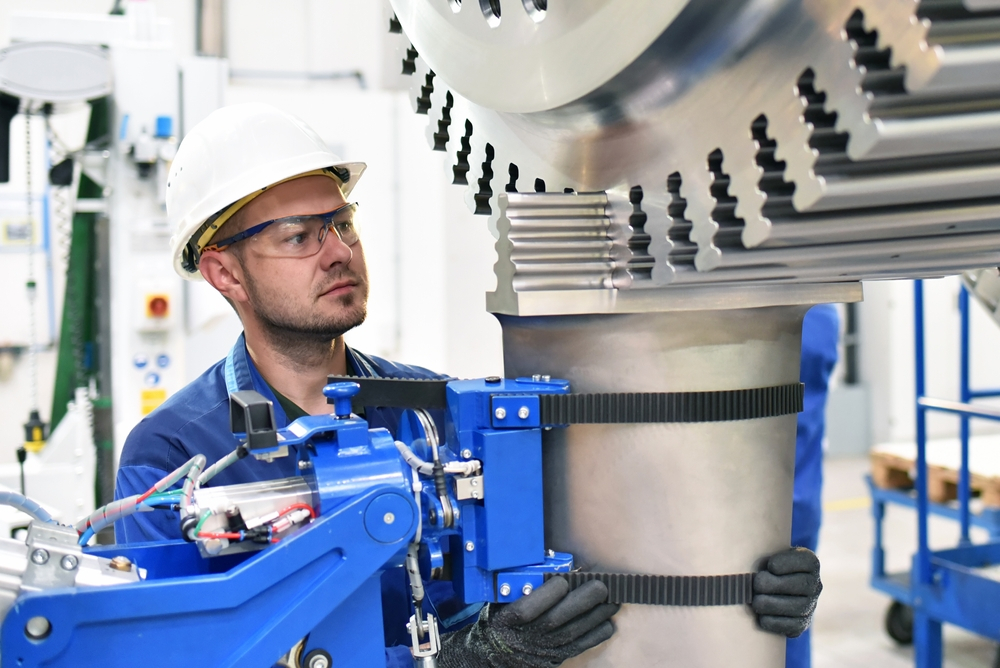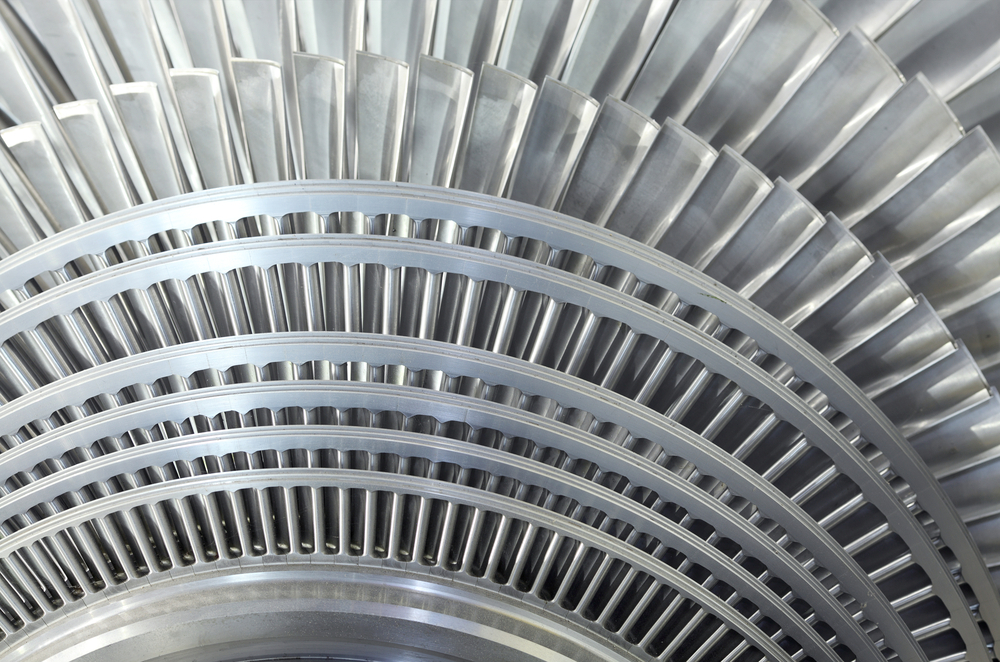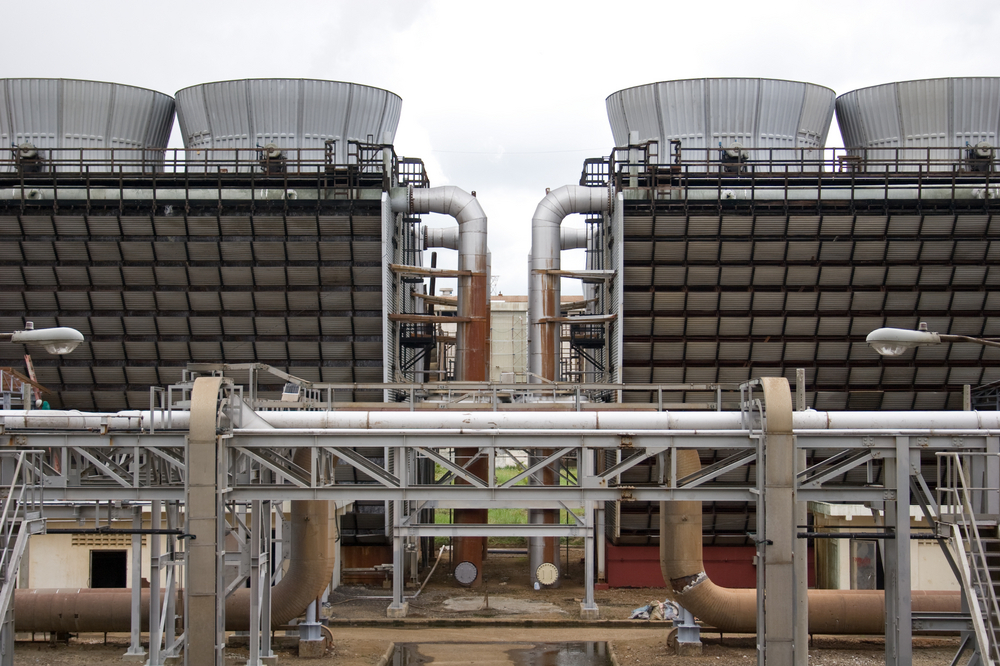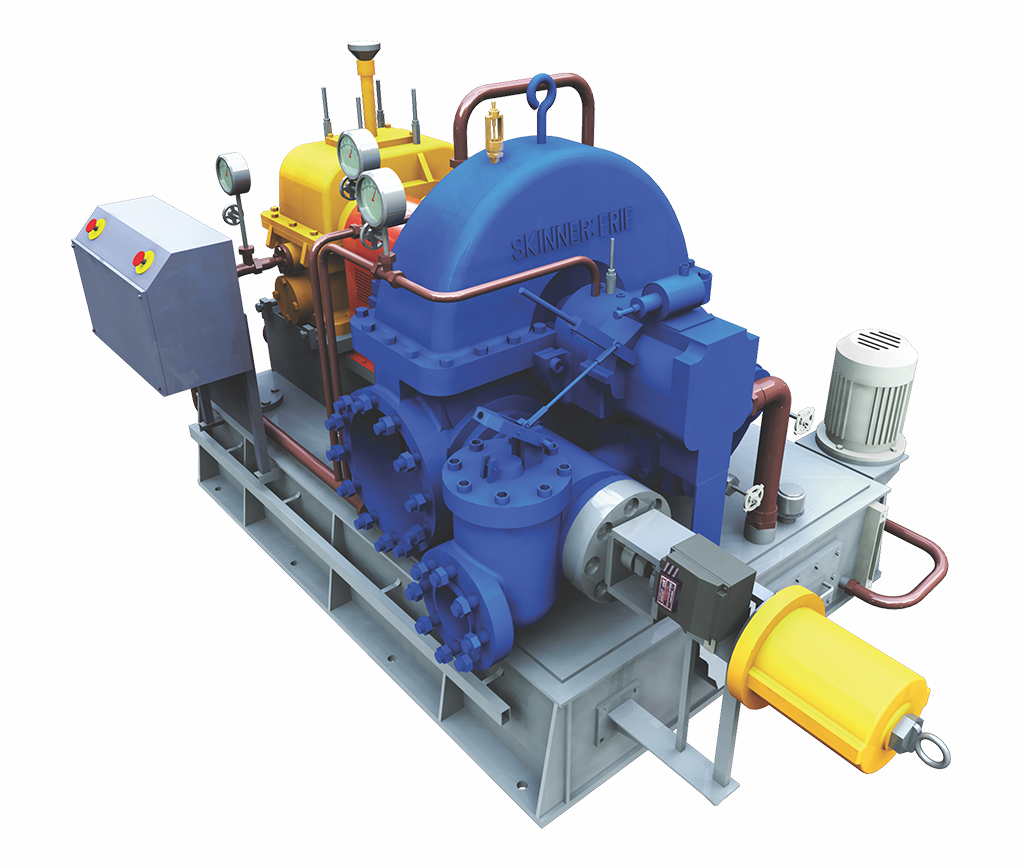Extraction Back Pressure Steam turbines are used when steam at two different process pressures is required. In Extraction Back Pressure Steam Turbines the required Steam for the process at required pressures is supplied through Extraction openings and turbine exhaust while generating power in the process.
Electric output is dependent on the demand for process steam. If required double or multiple steam extraction at different temperatures and pressures for plant processes can be supplied through extraction openings, however, such turbines are complex and rarely used. An Extraction Back Pressure turbine has opened in its casing for extraction of steam at the desired pressure. The extracted steam may be used for process purposes. Automatically regulated depends on the steam turbine design. Regulated Extraction allows for better steam flow adjustments through the steam turbine to generate additional mechanical power depending on the operating system. In special applications of special steam turbines, several Extraction points may be included, each at a different pressure corresponding to a different temperature at which heating service is needed in a plant. However such turbines are very complex and are normally not used. Specific needs for steam and power over time determines the extent of steam extraction. In large plants, additional steam may be admitted to the steam turbine. This happens when multiple boilers and steam generation systems are used at different Pressures because of the plant’s complexity and the need to reach thermal efficiency.
Extraction Back Pressure Steam turbines are used in refineries, district heating units, and pulp, and paper industries where large amounts of low-pressure process steam are needed. The electrical power generated by extraction back pressure turbines is directly proportional to the amount of process Steam required. Turtle Turbines supplies extraction back pressure turbines within India and abroad. For more information please visit www.turtleturbines.com
Turtle Turbines is one of the most reputed Steam Turbine Manufacturers In India.




